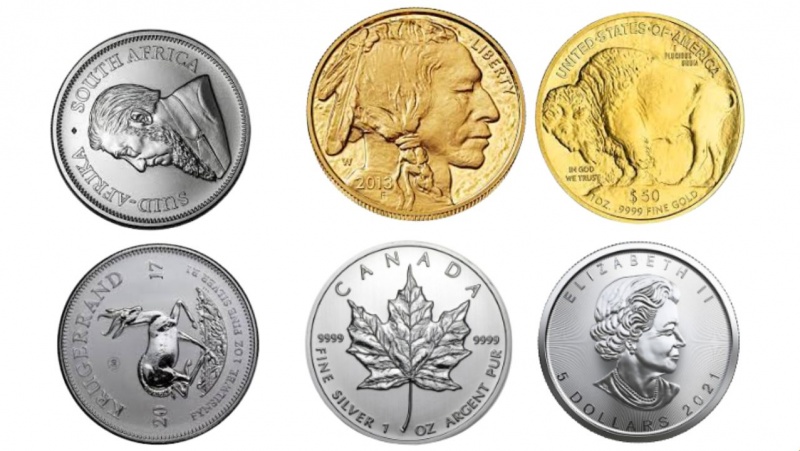What is Silver Recycling and How Does it Benefit the Environment?
The activity of recovering and reusing silver from several sources, such as industrial waste, technological waste, jewelry, and cutlery, is referred to as “silver recycling.” The extraction of silver from used goods doesn’t mean it loses its purity. During the procedure, impurities are removed, leaving the original amount of pure silver. It offers several environmental benefits:
- Due to the limited supply of silver, mining for it can have negative effects on the environment, such as destroying habitats, contaminating water supplies, and eroding soil. Silver recycling decreases the need for further mining, which protects resources.
- The carbon footprint of primary silver production is lessened because of recycling.
- The lifespan of silver is extended, maximizing its value, and reducing waste formation by adding silver recycling into the production cycle.
A Closer Look at the Different Methods Used in the Recycling Process
Various techniques can be used to recycle silver, depending on the kind of silver-containing material being recycled.
- Recovering silver from photographic solutions, silver-plated objects, and other silver-containing solutions is a widespread practice known as electrolytic recovery. The silver ions move and deposit on a cathode because of an electric current being run through the solution. The silver ions move and deposit on a cathode because of an electric current being run through the solution. Silver that has been deposited can be treated further and utilized again.
- Another method for recovering silver from solutions containing silver compounds is chemical precipitation. The silver ions can be transformed into a solid silver complex that can be isolated and processed further for reuse by mixing chemicals like sodium sulfide or hydrochloric acid. Basically, this is used in small-scale silver recycling.
- Smelting is a technique used to recycle silver from objects with a high silver content, like discarded jewelry or silver coins. High heat causes the material to melt and separate the silver from other components. The silver can then be reused by casting it into ingots or other forms after it has melted.
- The recovery of silver from electronic trash, such as connections and printed circuit boards (PCBs), is frequently accomplished by mechanical recycling. To release the silver-bearing components, the electronic waste must be crushed and shredded. The silver is isolated and recovered using physical separation processes such as screening, magnetic separation, and gravity separation.







